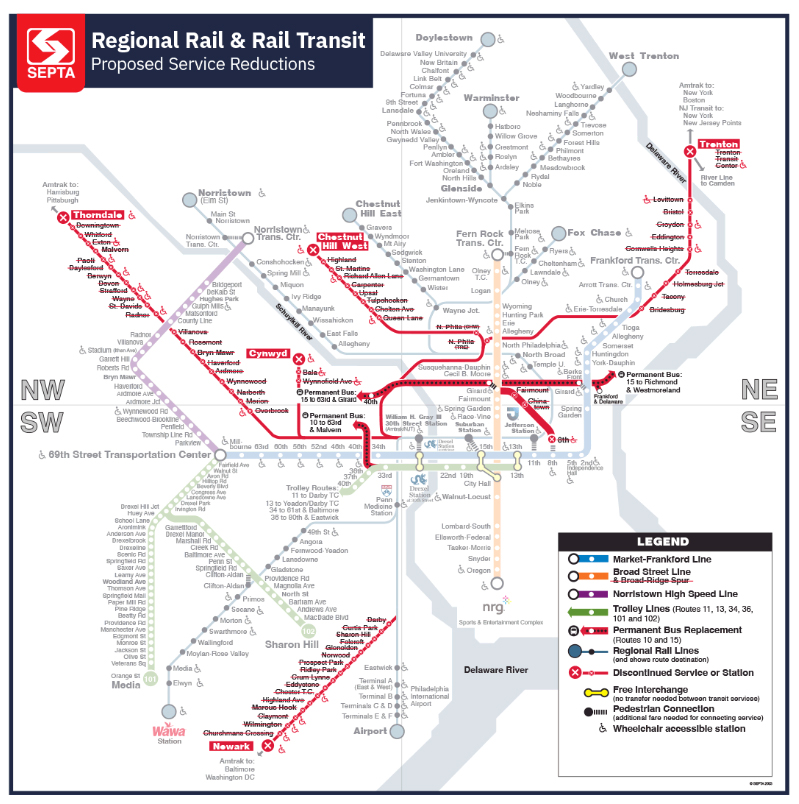
PHILADELPHIA — The Southeastern Pennsylvania Transportation Authority has become the latest transit agency to unveil plans for draconian service cuts because of a funding shortage.
Five Regional Rail lines and 50 bus lines would be eliminated, rail service would end at 9 p.m., and 66 stations would be closed under the budget for fiscal 2026, the agency said. Overall, the budget calls for a 45% reduction in service and a 21.5% fare increase to address a projected $213 million deficit.
Under the budget plan, all remaining routes would see a 20% reduction in service, and all special services, such as those linked to sporting events, would be eliminated.
“We have no choice but to budget based on the resources we have available,” interim SEPTA General Manager Scott Sauer said at a press conference today (Thursday, April 10), as reported by KYW-TV. “Given the dramatic impact that these measures will have on ridership, the reality is that we would start the dismantlement of public transit for our city and region as we know it today.”
Like many agencies, SEPTA is experiencing a financial squeeze because of lower post-pandemic ridership and the end of federal funding that helped offset the effects of the pandemic. But SEPTA is also facing a budget shortfall because increases in state funding proposed by Democratic Gov. Josh Shapiro and passed by the state House, controlled by Democrats, have not passed the Republican-controlled Senate. Pittsburgh Regional Transit has also announced plans for extensive service cuts for the same reason [see “Pittsburgh transit agency outlines plans …,” Trains News Wire, March 22, 2025].
Shapiro, in a social media post, said the cuts “would be devastating — but they’re completely avoidable. I’ve proposed a plan to support mass transit for two years in a row and flexed funding directly to give the Legislature time to act. … The Senate needs to get this done.” Last year, Shapiro transferred, or “flexed,” $153 million in federal highway money to SEPTA to avoid cuts that would have begun in December [see “Pennsylvania governor’s move averts …,” News Wire, Nov. 23, 2024]. But that was a one-time solution.
SEPTA’s detailed plans for the cuts would see service reduced on virtually every bus and rail route as of August 2025, when the new fiscal year begins. Some 32 bus routes would be eliminated while another 16 would be shortened.
The dramatic cuts would come in January 2026. Service would end on the Chesnut Hill, Cynwyd, Paoli/Thorndale, Trenton, and Wilmington/Newark Regional Rail lines would be halted; two trolley lines would be replaced by buses; and all other rail service would end at 9 p.m. nightly. Another 24 bus lines would also be eliminated.
In between, in September, 2025, fares would increase. Philadelphia Magazine reports the base fare of $2.90 per ride would equal New York for the highest such fare in the country.
In a “Funding Crisis Fact Sheet,” SEPTA said actions it has already taken, such as a hiring freeze and administrative cuts, have reduced the size of the impending deficit from $240 million to $213 million. “There is nothing left to cut from the budget but service,” the agency said.






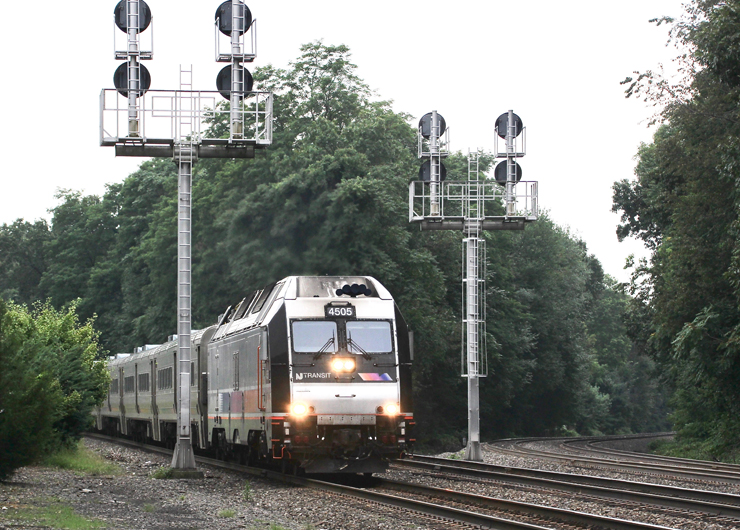
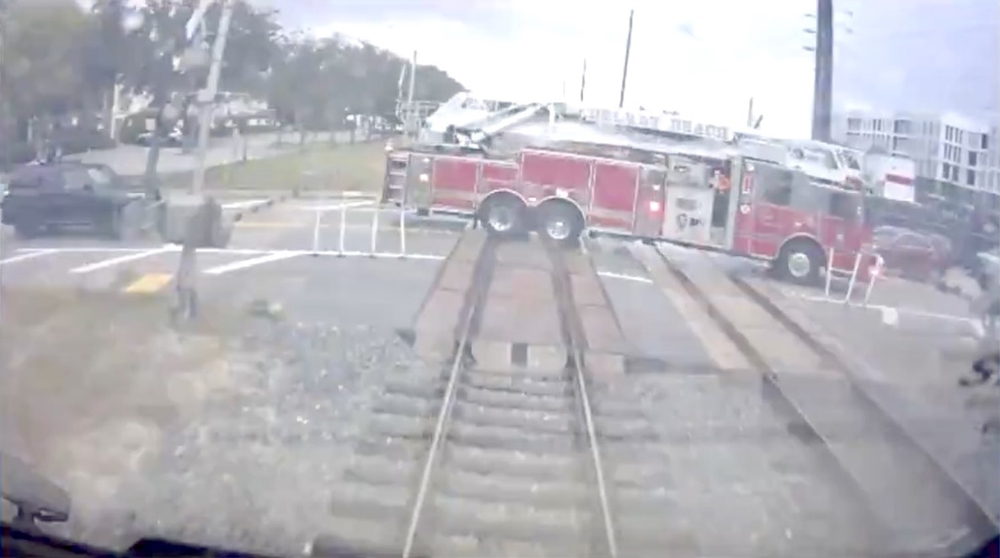

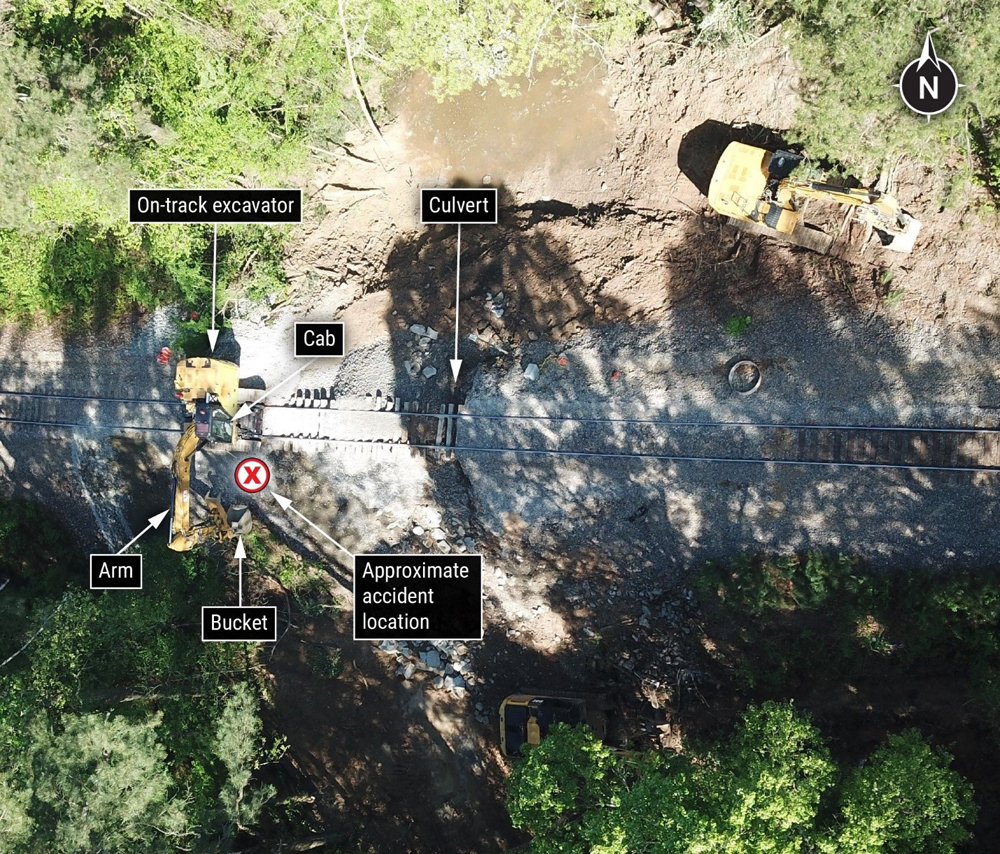
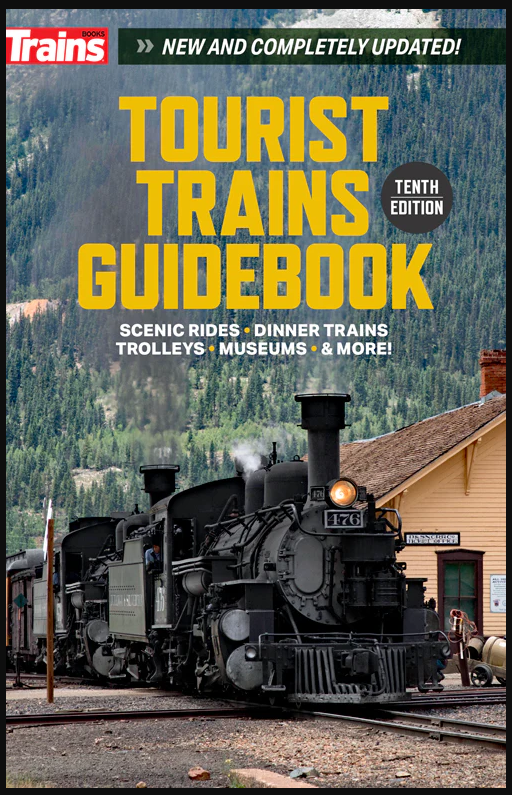
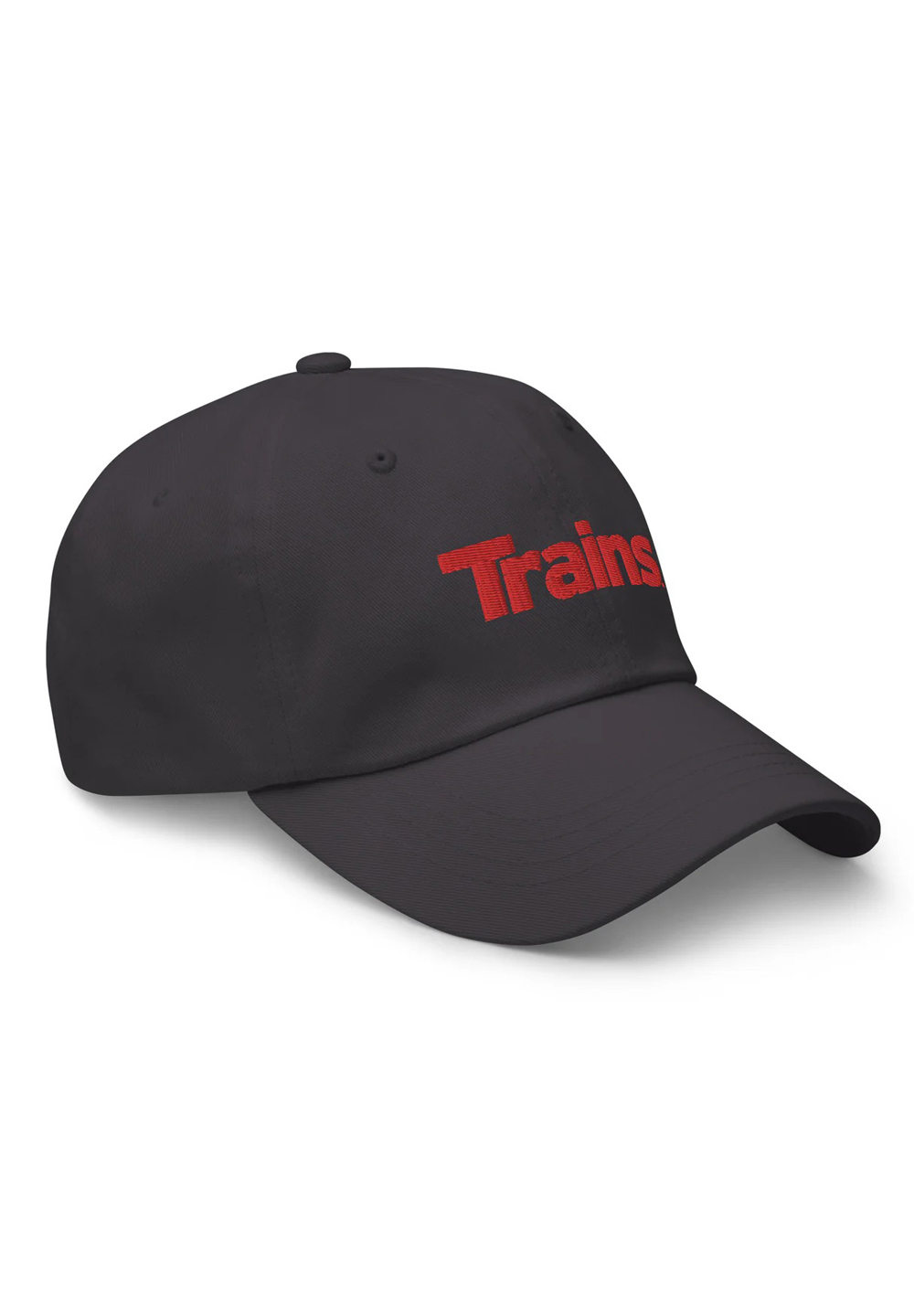

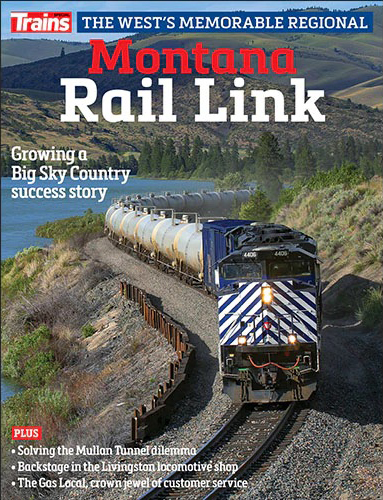
I wonder if NJT would be willing to continue on from Trenton into 30th street station? Obviously, there would be a cost for the service but it might be worth looking into.
Ultimately SEPTA, like all commuter agencies, is a service offering rides to a city centre that’s turning into a cesspool. Between that and work-from-home the prospects for transit are growing dim.
If drivers had to pay the full cost of their drive transit would be a more viable option for many but as long as we continue to subsidize their drive & make it cheap & convenient it’s not going to happen. Gas tax along with local sales tax should subsidize transit to create & maintain a transit system as an option for all, it’s a public svc just like the library & the Parks. Over $150 billion has been siphoned from the Treasury to make up for the failure to raise the gas tax since 1998 resulting in the Hwy Trust Fund becoming insolvent in 2009. No one seems to be bothered with what this mentality has added to all the hand wringing over the “DEFICIT”! What it comes down to is the usual narcissist American thinking “if I don’t use we don’t need it.. but if I use it I want everybody to help pay for it”!
The real problem is not that the Republicans control the PA Senate. The lingering problem for SEPTA is that the Philly area cannot get its participating municipalities to pass a designated SEPTA tax that’s large enough to help solve its problems. These areas are basically now what gives the Democrats a 1 vote majority in the General Assembly. They could lose some of the future competitive races in the suburban areas over a new local tax for SEPTA. There’s also the possibility some of the few remaining rural General Assembly “D” members might not vote to support what Shapiro wants if they thought the Senate would actually pass it.
Philly has been trying for years to come up with a way to help SEPTA but always trying to get the rest of the state to pay for it. Former Governor Rendel (also former mayor of Philly) talked the legislature into passing a toll on “only out-of-state trucks” traveling I-80 across the norther tier of PA with 75% or more of the funds going to Philly including SEPTA. Then it turned out that ALL vehicles would have to pay it including the locals. All **** then broke loose. It ended up with the majority of the PA politicians, including both parties, lobbying the Obama administration not to approve it (supposedly including former Senator Casey whose power base was the NE Scranton area), and the Feds did deny it.
You nailed it Mr. Mckinney, I totally agree!
A start would be making highway users pay the full cost of highways. That includes trucks, which cause most of the highway damage. Consider a mileage tax instead of fuel tax. The federal fuel tax has not been raised in years, and as more and more cars become electric or hybrid, the fuel tax does not apply to those users. If public transportation disappears or is diminished, consider the need for future highway expansion. Where does that money come from, or is it a ‘given’ since it is a highway. One seldom hears the question, “what do people do who don’t have cars, can’t afford one, are too young, too old, too diminished to drive?” I guess our society just forgets about them.
Don’t disagree on a increase on the Federal fuel tax, but also stop redirecting fuel & sales tax income for highways to prop up transit. I have used transit and know of its benefits, but the dollars to prop it up shouldn’t be at the expense of highway support.
People in most of the USA can’t use alternate forms like rail or transit, car is it.
KEVIN – GALEN Can’t disagree with anything either of you wrote. But that doesn’t address the elephant in the room. If transit is so important, where the h…. are the riders?
I think it’s more than work from home. From what I see, COVID (or, more to the point, the hysterical and totally unscientific overreaction to COVID) made people afraid to get on a bus or a train. Permanantly.
Many of the neighborhoods and communities were built BECAUSE there was rail service and the highway infrastructure was never built. The Main Line (Paoli) is a particular example. Philadelphia rail commuter service dates to 1831. The alternate highway is the same road as in 1831. It has NOT been widened.
The covid money has run dry and people still haven’t returned to the office. This isn’t politics, this is about changes in professional lives. Several transit agencies are floating in the same boat and there are no more plugs for all of the holes.
No riders, so one must cut services.
Ridership across SEPTA is 80% of what it was before COVID, or roughly 2004 levels. In 2004, SEPTA was running *more* service than it is now.
LIAM – Chicago METRA is down by half. I’ve never ridden SEPTA but I’m happy it’s holding up.
This is not an idle threat; it has been building for years. The R’s control the House and the D’s the Senate and Governor.
Service to be eliminated is at: inquirer.com/septacuts
All service running over Amtrak will be eliminated account high Amtrak fees
Philip —- Transit ridership in America is down by 50%, typically. If ridership were at 100% these systems would be struggling to meet costs and pensions, let alone further investment.
I don’t want death-spiral service cuts any more than anyone else does. No transportation provider, be it railroad, bus system, airline or subway ever cut its way to prosperity. But we’re out of answers. Public transportation in USA is half-dead, and the other half is coming soon.
Of course the R’s will be blamed. What exactly should the R’s do to keep these systems afloat? Suppose the people reading these pages live in Pennsylvania and suppose in a Republican district. Suppose they write to their Republican state senator or their Republican state representative. What would be the text of that letter?
It’s the same here in Wisconsin. We have several bus systems in this area: Waukesha Metro, Racine, Milwaukee County, Badger Bus and Coach USA, all of them heavily state subsidized and all of them close to going under. My state Senator and my member of the Wisconsin State Assembly are Republicans. What should I ask of them to do?
Phillip,
You have it backwards. The PA General Assembly is “D” by one vote and the Senate is “R”.
An importantthing to remember is Philadelphia never built the network of expressways and bridges with tax dollars; riders have been using local rail transit for 195 years. Germantown Ave. is the same width as it was when British Gen. Howe moved to occupy Philadelphia in 1777 and Gen. Washington attacked Howe in Germantown that October.
Is Western PA ready for the billions of dollard needed to build the expressways and parking arages to replace the trains? It would take decades and use PA’s money, not Federal.